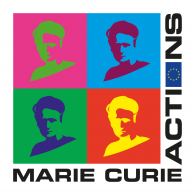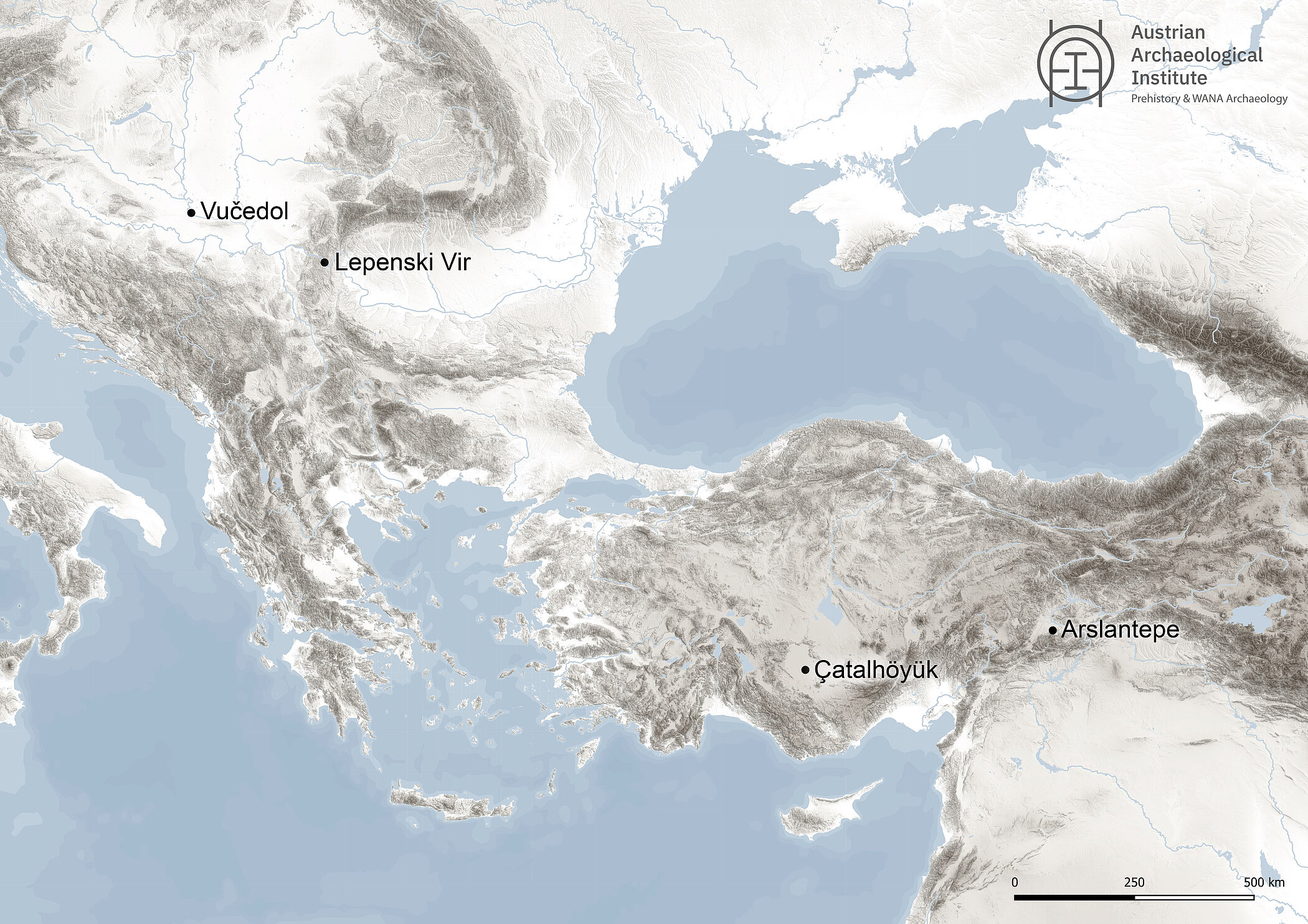X-KIN: Exploring Patterns of Prehistoric Kinship from Socio-Cultural Anthropological Perspectives
During the past decade, the »ancient DNA revolution« has reopened key questions about prehistoric kinship that within archaeogenetics is narrowly viewed as genetic proximity. From a socio-cultural anthropological perspective, however, kinship is not only a biological but also a performative and imaginary principle for structuring and maintaining social relations. Frequently, it is not blood but houses that play a crucial role in forming kinship relations. Therefore, a unified study of dwelling spaces and biological markers of kinship is crucial to understanding kinship in prehistory.
Research questions
• How can the material structures such as settlements, buildings, artifacts, and biological markers be read as ‘material codes’ of prehistoric kinship?
• How can ethnographic reports exemplify rather than verify variability in kinship during prehistory?
Research sites
Four research sites in southeastern Europe and Anatolia: Çatalhöyük, Lepenski Vir, Arslantepe, and Vučedol.
Methods
X-KIN will align ethnographic reports with archaeological data to further contextualize houses and settlements as well as biological signatures of individuals to illuminate prehistoric kinship practices. This will be achieved through triangulation of analytical methods; by employing archaeology of kinship approaches based on cross-cultural anthropological insights, controlled comparison between ethnographic and archaeological material, and regional comparison between archaeological sites.
Innovation
Several archaeologists have voiced the need for archaeologists to move beyond understanding kinship through biogenetic links but as a social practice instead – joining well-known insight from earlier socio-cultural anthropology. For the first time, kinship in prehistory will be addressed from an interdisciplinary perspective, including socio-cultural anthropology, bioarchaeology, and prehistoric archaeology, within a common analytical framework.



Principal investigator
Cooperation
Host Institutions
Duration
10/2023—09/2026
Funding
Marie Skłodowska-Curie Action, Global Postdoctoral Fellowship

